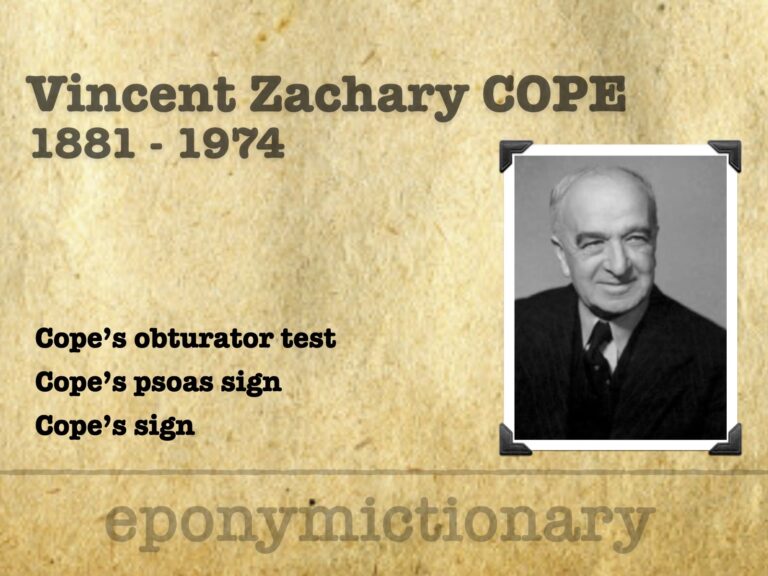
Vincent Cope
Sir Vincent Zachary Cope (1881 – 1974) was a British physician and surgeon. Eponymously linked with Cope Psoas test and obturator test.

Sir Vincent Zachary Cope (1881 – 1974) was a British physician and surgeon. Eponymously linked with Cope Psoas test and obturator test.

Dmitry Alekseyevich Arapov (Дмитрий Алексеевич Арапов) (1897 – 1984) was a Russian military surgeon. Arapov contracture in appendicitis
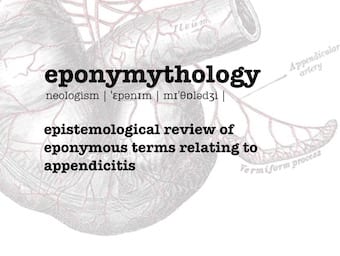
George Bushar Markle IV (1921 – 1999) was an American surgeon. Eponymously linked to the Markle Sign in appendicitis (1985)

Vladimir Mikhailovich Voskresensky Владимир Михайлович Воскресенский (1902 - 1951) was a Russian general surgeon.
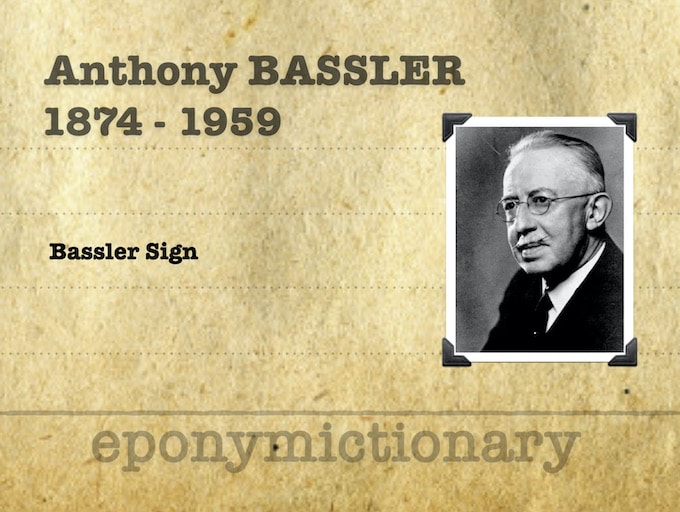
Anthony Bassler (1874 - 1959) was an American gastroenterologist. Bassler sign (1913) appendicitis clinical examination

Walter Arthur Bastedo (1873 - 1952) was a Canadian gastroenterologist. He is eponymously associated with Bastedo sign (1909) of chronic appendicitis.
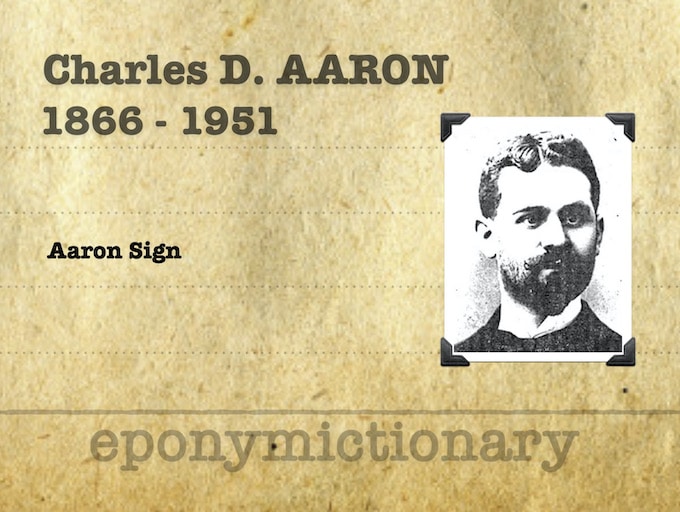
Charles Dettie Aaron (1866 – 1951) was an American gastroenterologist. Eponym: Aaron sign (1913) in chronic appendicitis
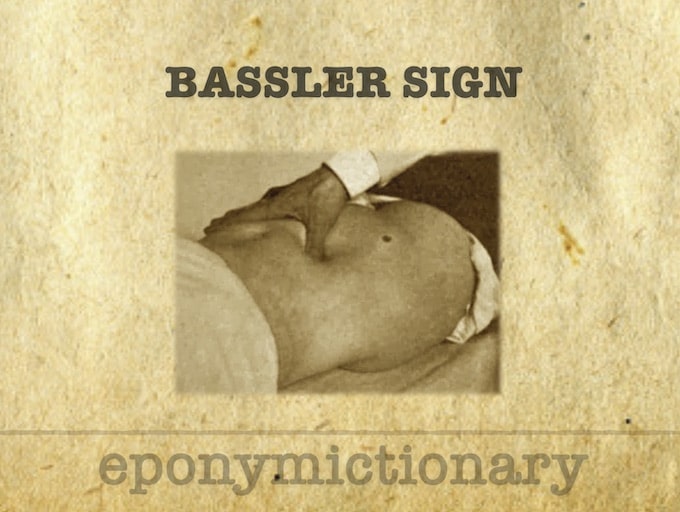
Anthony Bassler (1874-1959) was an American gastroenterologist. In 1913 he described Bassler sign: compressing the appendix to assist in diagnosing chronic appendicitis.

Aaron sign: referred pain felt in the epigastrium upon continuous firm pressure over McBurney's point, indicative of chronic appendicitis (1913) by Charles Dettie Aaron (1866-1951)

Piotr Porfiryevich Sitkovskiy (Петр Порфирьевич Ситковский) (1882 – 1933) was a Russian surgeon. Sitkovskiy sign (1922) appendicitis

Farouk Massouh is a British General Surgeon eponymously associated with the Massouh Sign in acute appendicitis

Area of skin hyperaesthesia bounded by lines joining anterior superior iliac spine, the pubic symphysis and umbilicus. One of myriad eponymous signs of acute appendicitis.